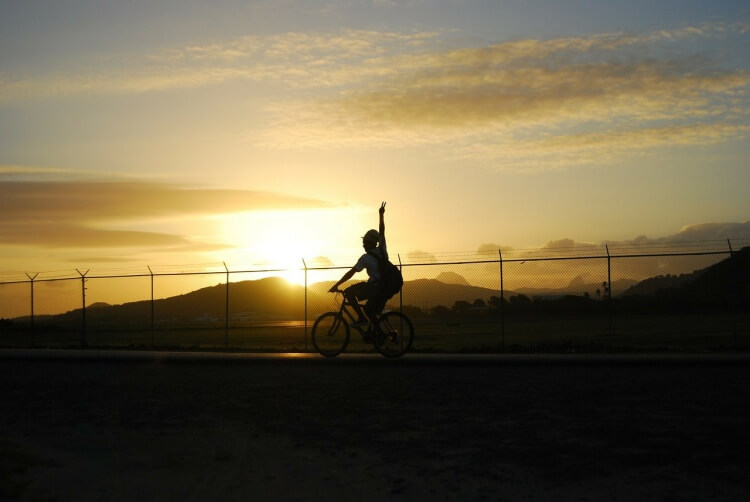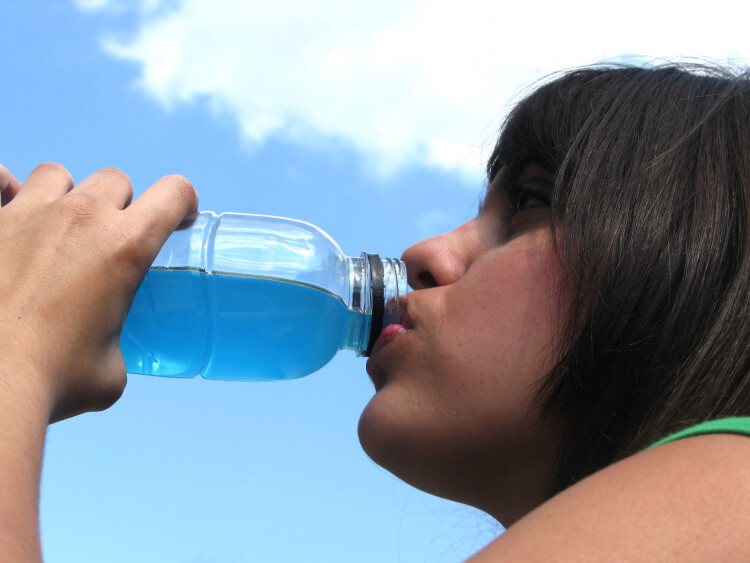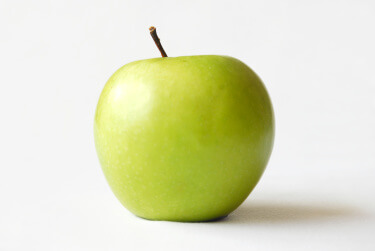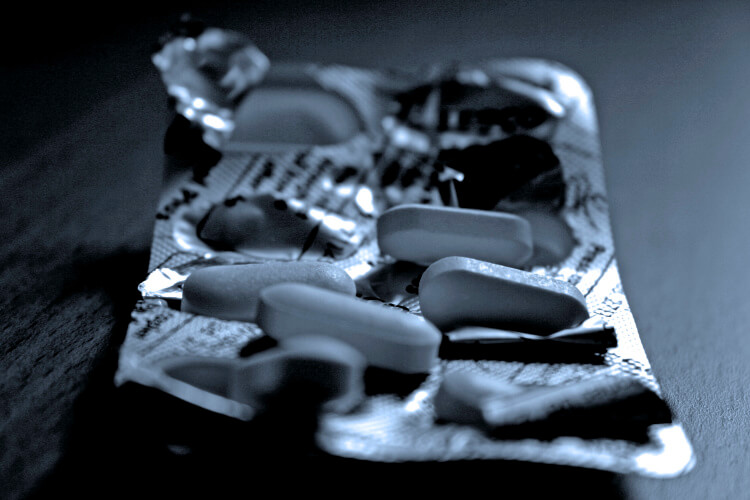Michael Josephson, founder and director of the Josephson Institute, wrote a poem entitled, “What Will Matter.” In it he asks his readers to “live a life that matters” (Josephson, 2003). He describes this lifestyle as a choice:
…What will matter is not what you bought but what you built, not what you got but what you gave. What will matter is not your success but your significance. What will matter is not what you learned but what you taught. What will matter is every act of integrity, compassion, courage, or sacrifice that enriched, empowered or encouraged others to emulate your example. What will matter is not how many people you knew, but how many will feel a lasting loss when you’re gone. What will matter is not your memories but the memories that live in those who loved you. What will matter is how long you will be remembered, by whom and for what (Josephson, 2003).
As teachers and coaches, we are presented with opportunities every day to invest in the growth and success of others. Opportunities to share our love for the content we teach or the activity we coach are plentiful. The environments we create for the sharing and construction of knowledge and learning are crucial to the positive growth of those we have the opportunity to work with. The conscious investment in others ultimately provides the opportunity for them to also “pay it forward.”



